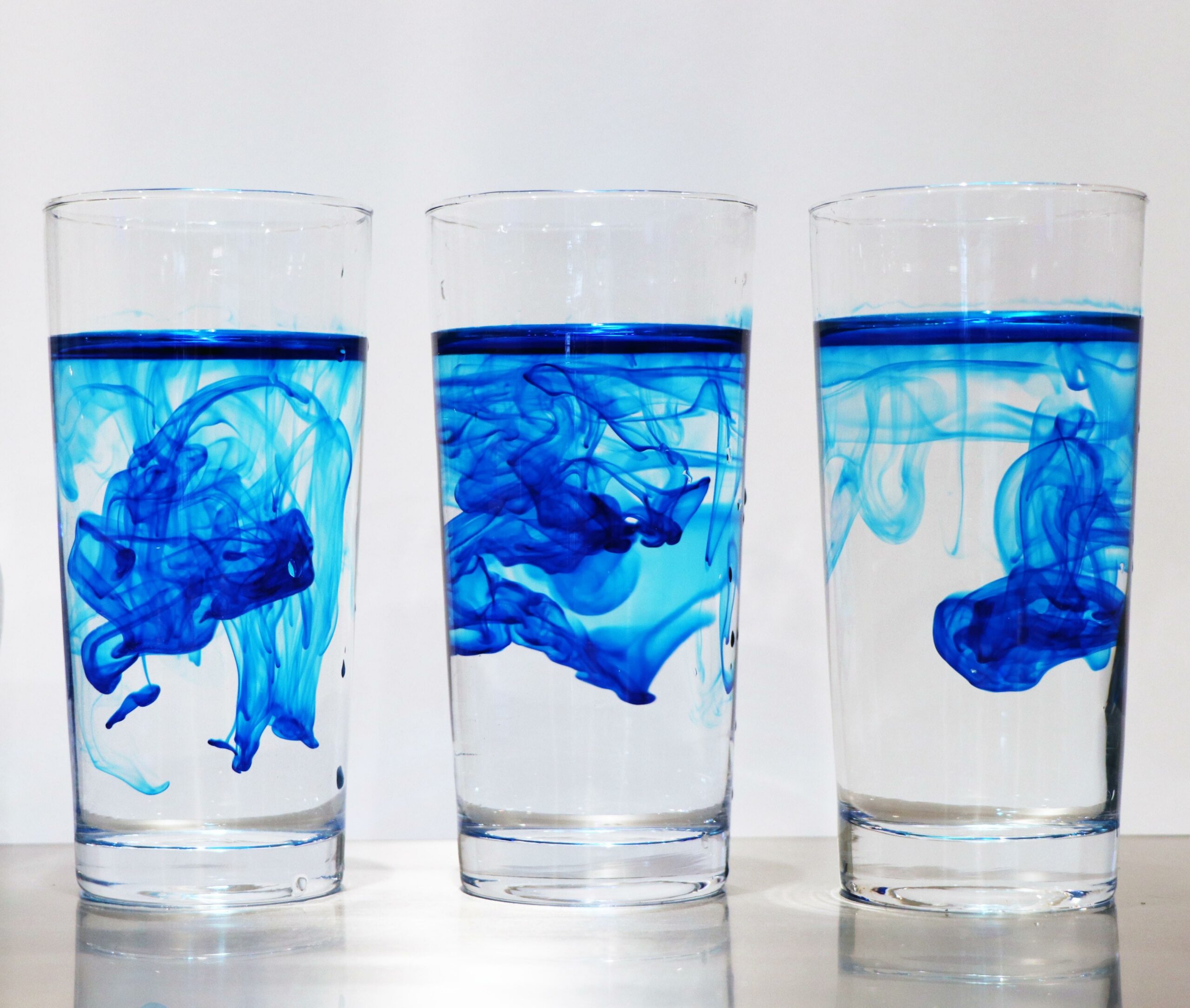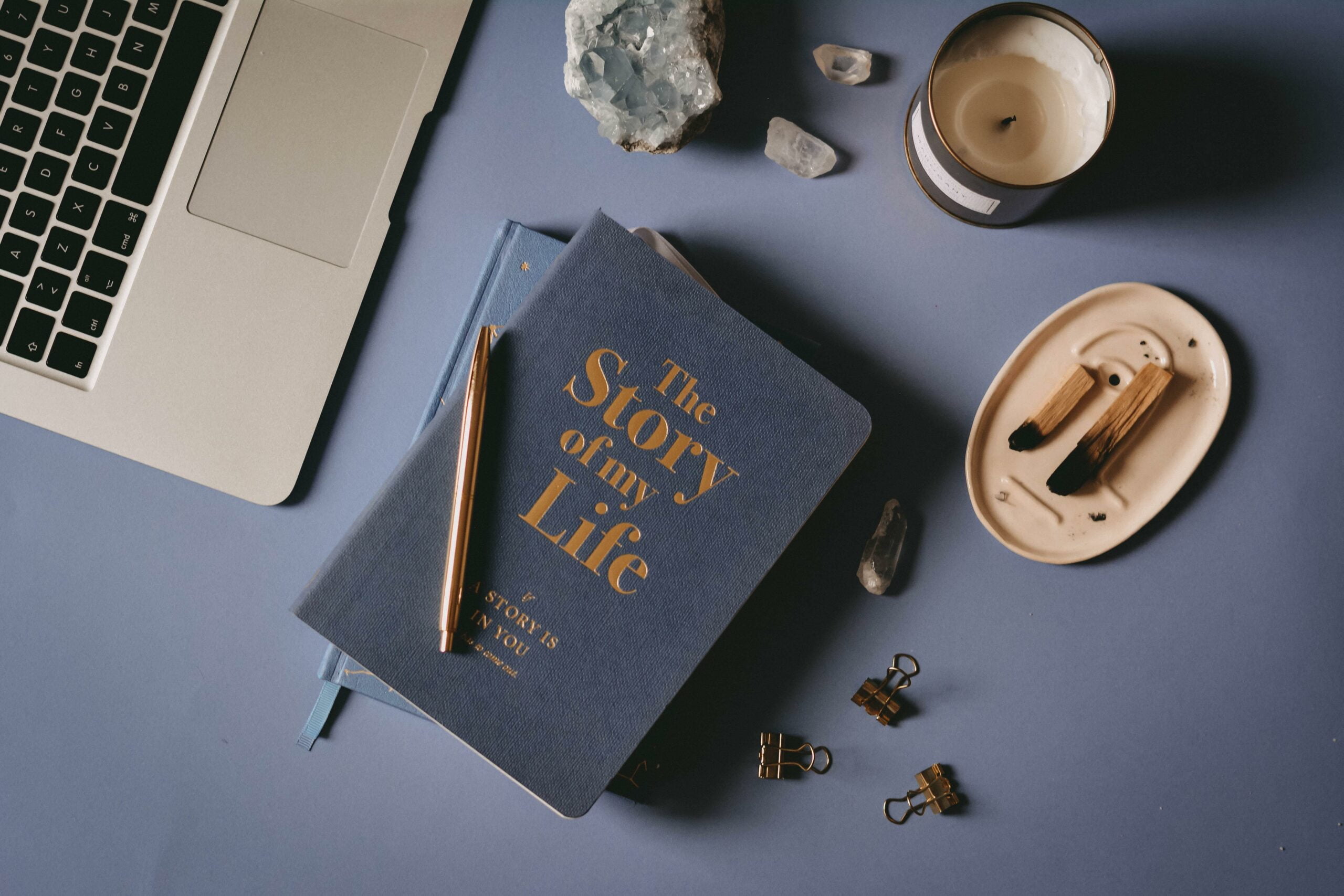Are you ready to dive into the captivating world of indigo dye and uncover the fascinating history behind this timeless art form? Join me on a journey through time as we unravel the rich tapestry of the history of indigo dye, from its ancient origins to its global significance today. As a seasoned textile historian and researcher, I have dedicated countless hours to exploring the secrets of this transformative dye, delving into archives, analyzing artifacts, and consulting with experts. In this article, we will explore the profound impact of indigo dye on societies and fashion, drawing meaningful connections between different cultures and time periods. Get ready to discover the captivating story of indigo dye and its enduring influence on our world.
History of Indigo Dye
Indigo dye, with its deep blue hues and cultural significance, holds a captivating past that spans across continents and centuries. Let’s embark on a journey through time as we unravel the rich history of indigo dye, from its ancient origins to its global significance today.

Ancient Origins: An Indigo Tapestry
Indigo’s story begins in the mists of antiquity, where it was embraced by diverse cultures across Asia. The vibrant blue dye, derived from the Indigofera plant, captivated societies in India, China, Japan, and Southeast Asian nations. These ancient civilizations understood the extraordinary beauty and transformative power of indigo, turning it into an integral part of their textile traditions.
At Huaca Prieta in Peru, archaeologists unearthed a fascinating relic – a fabric dyed using indigo dating back an astonishing 6,000 years. This discovery highlights the early prevalence of indigo dye and its timeless allure.
Indigo’s Global Journey: Surprising Connections and Influences
As the tides of history flowed, indigo’s cultural influence expanded far beyond Asia. Ancient Egyptians, known for their mastery of dyeing techniques, utilized indigo to wrap mummies and create rugs in Central Asia. From Egypt to the distant lands of Asia, indigo’s reach transcended borders, showcasing its immense value and versatility.
Did you know that the third millennium BC witnessed the use of indigo dye derived from both woad and Indigofera? This evidence underscores the long-standing global fascination with indigo and its enduring presence in various civilizations.
Indigo in the Modern World: A Blue Jean Revolution
While history provides us with glimpses into the past, indigo’s story continues to be written in the present day. Today, indigo predominantly finds its place in the realm of fashion, particularly as the dye of choice for cotton yarn, enabling the production of denim cloth used in our beloved blue jeans. This union between indigo and denim has forever etched its mark on fashion, symbolizing rebellion, creativity, and enduring style.
As the world has become more connected and diverse, indigo has adapted and evolved. Synthetic indigo dyes have largely replaced their natural counterparts, derived from the Indigofera genus, due to their cost-effectiveness and efficiency. Nevertheless, indigo’s timeless allure and profound impact on fashion and art remain undiminished.
Environmental Impact and Health Considerations: Striking a Balance
When exploring indigo’s story, it is essential to address its environmental impact and health considerations. While indigo dye itself boasts a low oral toxicity, large spills of blue dyes have been reported to have adverse effects on the environment. As we continue to appreciate the beauty of indigo, it becomes increasingly important to strike a balance between its usage and sustainable practices.
In essence, the rich history of indigo dye forms a tapestry that interweaves cultures, continents, and centuries. From its ancient origins to its modern-day significance, indigo captivates our imagination and underscores humanity’s enduring fascination with color and creativity.
“As an indigo artisan dyes fabric, they bring to life the echoes of ancient civilizations, their vibrant legacies resonating in each thread.”

| Indigo Color Variations |
|---|
| Navy Blue |
| Royal Blue |
| Deep Indigo |
| Cobalt Blue |
| Sky Blue |
| Teal Blue |
| Turquoise |
| Midnight Blue |
| Electric Blue |
| Indigo Violet |
So, the next time you don a pair of blue jeans or admire the radiant hues of indigo textiles, take a moment to appreciate the rich history that brought this enchanting dye into our lives. Indigo’s journey may be ancient, but its impact and allure continue to resonate in the world around us.
“Indigo, like a master storyteller, weaves its eternal narrative through the fabric of time, connecting us to our shared heritage and shaping the colorful chapters of our future.”
Indigo dye has a long and fascinating history, full of rich cultural significance and vibrant traditions. If you’re curious about the origins and characteristics of this mesmerizing pigment, you’re in for a treat! Discover captivating facts about indigo dye, such as its use in ancient civilizations and its role in contemporary fashion trends. Indulge your curiosity now by clicking on this link: facts about indigo dye. Prepare to be amazed as you delve into the world of indigo and unlock the secrets behind its timeless allure.
FAQ
Question 1:
What is indigo dye and where does it originate from?
Answer 1:
Indigo dye is a vibrant blue dye that has been used for centuries in various Asian countries such as India, China, Japan, and Southeast Asian nations. It is derived from a plant called Indigofera, which is indigenous to India, Africa, and Asia.
Question 2:
How far back does the history of indigo dye go?
Answer 2:
The history of indigo dye dates back thousands of years. The oldest known fabric dyed with indigo, which was discovered in Huaca Prieta, Peru, is estimated to be around 6,000 years old. Additionally, evidence for the use of indigo from woad or Indigofera can be traced back to the third millennium BC.
Question 3:
What were the primary uses of indigo dye in ancient civilizations?
Answer 3:
Indigo dye had various uses in ancient civilizations. For example, ancient Egyptians used indigo to wrap mummies, and it was one of the main colors used for carpets in Central Asia. It was also commonly used to dye cotton yarn, particularly for the production of denim cloth used in blue jeans. Additionally, indigo was used in the dyeing of wool and silk.
Question 4:
How is indigo dye obtained and processed?
Answer 4:
Historically, natural indigo dye was obtained from plants of the Indigofera genus. However, most indigo dye produced today is synthetic. Indigo dye is insoluble in water and must undergo a chemical change (reduction) to be dissolved and used for dyeing.
Question 5:
Is indigo dye safe for use and does it have any environmental impact?
Answer 5:
Indigo dye is considered safe for use, with low oral toxicity. However, large spills of blue dyes, including indigo, have been reported to have an environmental impact. It is important to handle and dispose of indigo dye responsibly to minimize any potential harm to the environment.
- Striped Raphael Catfish (Talking Catfish): Care, Facts, and Tank Setup Guide - November 23, 2024
- Woodchuck vs. Beaver: A Tale of Two Ecosystem Engineers - November 23, 2024
- Understanding Termite Larvae: Identification, Lifecycle, and Control - November 23, 2024















